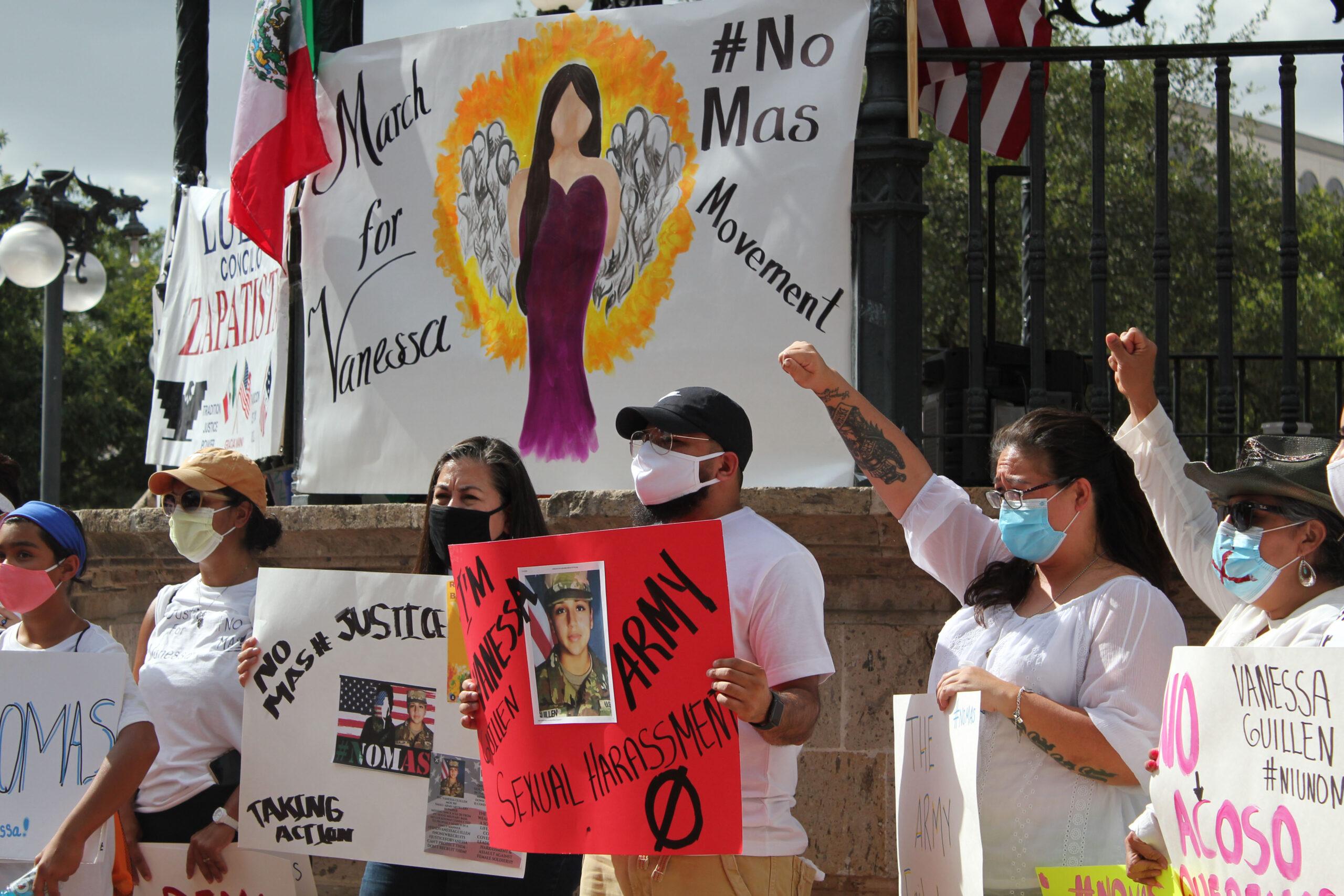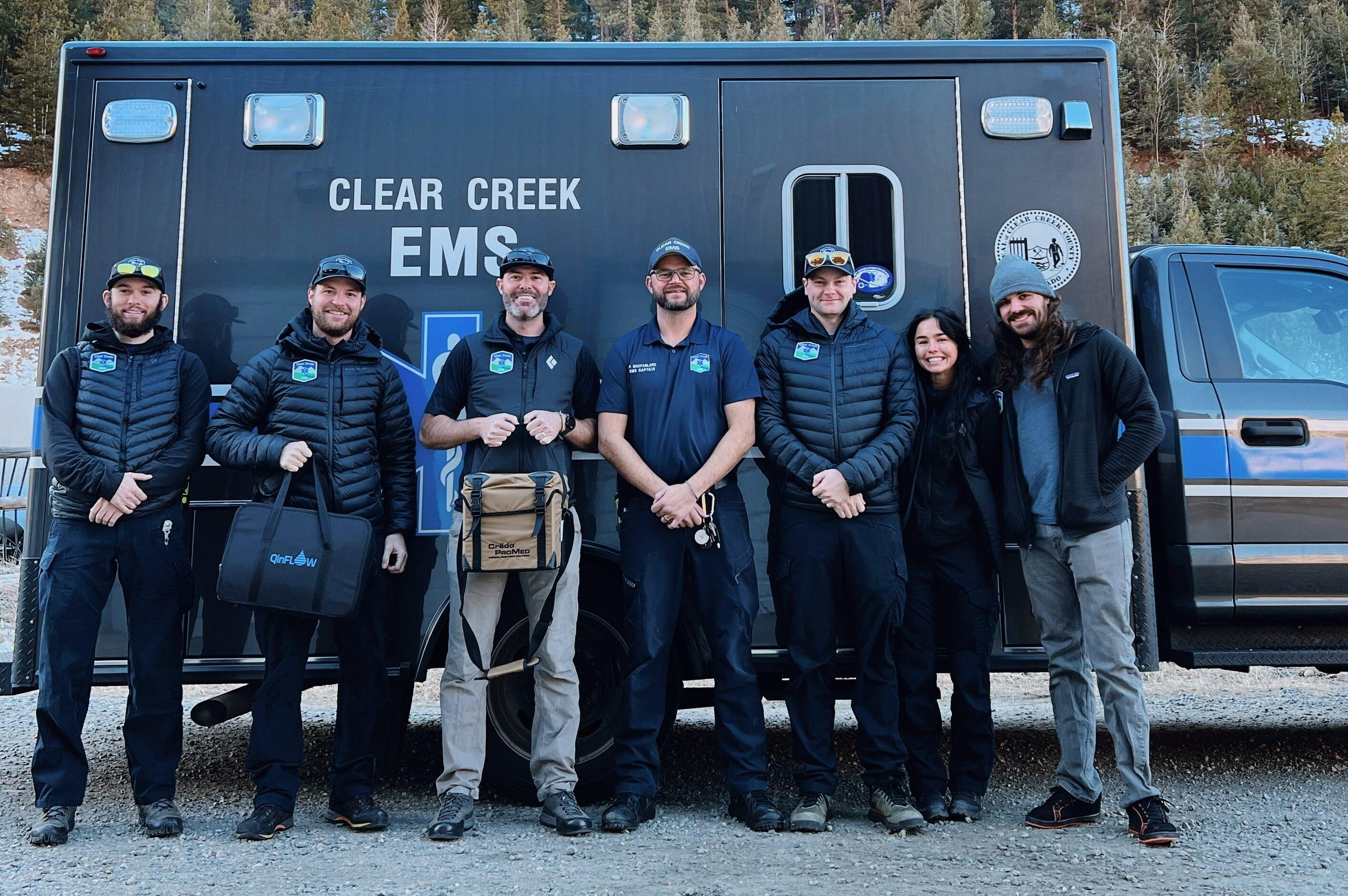
Nineteen-year-old Pfc. Dakota Stump went missing during a break from a field exercise at Fort Hood, Texas in late 2016. Two days later, the Army declared him absent without leave.
After contacting Stump's next of kin on social media, Army officials carried out a cursory search of his barracks and other areas of the installation. They also pinged a phone number they mistakenly believed was Stump's, incorrectly pinning him to a location in Indiana.
According to Stump's mother, Patrice Franklin, the investigators were slow to act and assumed Stump had left the base of his own accord.
"I just feel that they did not take it seriously," Franklin said. "It was almost like they didn't want to come out and say, 'We think your kid's goofing off.'"
As it turns out Stump hadn't runoff. He had missed a turn while speeding on post and crashed his car into the woods. About three weeks later, troops stumbled onto Stump's body and his battered Ford Mustang during a land navigation exercise.
Franklin said the Army has a wrongheaded and ill-equipped approach to missing soldiers.
"I think it's so important to have a team of trained individuals that know how to act quickly and to start actually searching for these people," she said. "Let's find them before something bad happens, you know?"
Advocates say Stump's situation fits into a pattern. When service members turn up missing, leaders tend to treat them as deserters and put a low priority on finding them.
But sometimes soldiers fail to show up because they've taken their own lives or been involved in accidents or foul play.
Such was the case with Pvt. Gregory Wedel Morales, whose body was found in a shallow grave near Fort Hood this summer — 10 months after the Army declared him AWOL without a thorough search. When Morales disappeared, he was just days away from an honorable discharge. Though his family immediately suspected foul play, Army investigators insisted Morales was an adult who had left the base voluntarily.
"They presume the worst of the individual rather than presuming that something nefarious has occurred with them at the onset," said Diana Danis, advisor to the Women Veterans Social Justice Network.
As of the end of August, there were 830 AWOLs throughout the Army worldwide, according to ABC News. More than a thousand people are listed on the Army's deserter rolls.
But former Army Military Police officer Maggie Haswell said they haven't all left by choice. Seven years ago, she founded the Warriors Aftermath and Recovery Facebook group to support families of missing service members. In that time, she's been involved in hundreds of cases, acting as a liaison between families, the military, and local law enforcement.
According to Haswell, Army investigators often don't try to understand what soldiers were going through when they disappeared.
"You have to think like them," she said. "To do that, you have to know their state of mind and you have to know them as a person. That comes with getting information from friends, from coworkers, from family members, all kinds of things. So this is not something that the Army does."
Under Army policy, unit commanders are "responsible for prompt and accurate determination of a soldier's absence as being authorized or unauthorized. Whenever a soldier is absent under circumstances which make it appear that the soldier is absent without authorized leave, an immediate inquiry will be conducted to determine his or her true status."
Now, under pressure from families and lawmakers, the Army has said it will issue clarifying guidance. When soldiers fail to report for duty, their commanders should consider them missing - and take immediate steps to find them.
The service also plans to start tallying soldiers who disappear for unknown reasons.
Army leaders haven't released more details about the changes, and they refused an interview request.
In an October speech, Army Secretary Ryan McCarthy said the loss of Spc. Vanessa Guillen — a Fort Hood soldier who was found dead two months after she went missing — had been felt widely. He said it pushed the Army to refocus on the needs of soldiers and their families.
"This year's series of events has hardened our resolve to create enduring change," McCarthy said. "Her loss has been felt in our formations and across the nation at large. We must be accountable and we must act."
While advocates say the new policy represents progress, they also question its staying power. Some, like Diana Danis, doubt the Army will ever come forward with specifics.
"They're putting a rule in place, which they kind of have to do," she said. "Because they looked terrible. It always looks terrible when it's more important to find a rifle than it is to find a person."
Meanwhile, the other services haven't announced any changes to their policies. Some congressional leaders are calling for an audit of all the branches to find out how they track - and look for - missing service members.
This story was produced by the American Homefront Project, a public media collaboration that reports on American military life and veterans. Funding comes from the Corporation for Public Broadcasting.
Copyright 2020 North Carolina Public Radio – WUNC. To see more, visit North Carolina Public Radio – WUNC.

9(MDEyMDcxNjYwMDEzNzc2MTQzNDNiY2I3ZA004))








